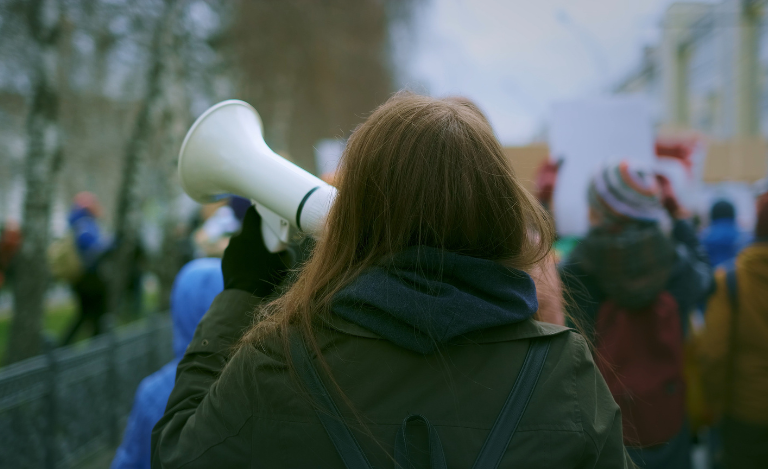Freedom of expression and legislating ‘safe zones’
When drafting bylaws that may impact Charter rights, municipalities must consider whether they are justifiable as a reasonable limit on protestors' and distributors' freedom of expression rights.

Freedom of thought, belief, opinion and expression are fundamental under the Canadian Charter, but we must not rely upon these freedoms to silence and suppress debate on matters of public interest.
The Supreme Court of Canada confirmed this recently in Hansman v. Neufeld, dismissing a defamation suit by a school board trustee accused of harmful speech against transgender and other members of the 2SLGBTQ+ community. In holding that it was a strategic lawsuit against public participation (SLAPP), the Court noted the defendant spoke out to counter what many perceive as harmful speech against a group "especially vulnerable to expression that reduces their worth and dignity in the eyes of society and questions their very identity."
Meanwhile, in Calgary, a range of protests have also crossed a line that infringes upon the rights of vulnerable citizens. Protestors have approached homes and blocked access to other safe places, like schools, to force their views upon captive audiences at the cost of the safety and well-being of vulnerable citizens.
The City of Calgary has addressed these disturbances by passing separate bylaws to establish “safe zones.”
First, under the School Safe Zones Bylaw, passed in 2020, it is prohibited to display or carry a sign with "messaging that publicly expresses an opinion on an issue or cause" larger than 3.5 x 5 inches within 150 meters of the boundary of school grounds on school days. The purpose is to protect vulnerable citizens, particularly children, from being forced to view graphic content on their way to and from school.
Children should feel safe going to school, and they are not developmentally capable of understanding the content of these graphic images, which can lead to trauma when viewed. They should not be forced into situations where they feel unsafe and threatened.
More recently, the Community Standards Bylaw was amended in May 2023 to address citizen complaints to the city about anti-abortion groups distributing graphic flyers to the doorsteps of homes. To limit the harm resulting from unintended viewing of graphic images, the city now requires flyers with graphic images of any part of a fetus to be sealed in an opaque envelope with a legible warning and clear identification of the sender's address. The objective is to prevent or mitigate psychological harm to women and families who have experienced pregnancy loss and to prevent harm to children who do not understand the messaging.
When drafting bylaws that may impact Charter rights, municipalities must consider whether they are justifiable as a reasonable limit on protestors' and distributors' freedom of expression rights.
That will need to involve the Oakes' test:
- Is there an objective of sufficient importance to warrant overriding the Charter right?
- Is the measure taken reasonably and demonstrably justified?
- Does the measure have a rational connection with the objective?
- Is the measure minimally impairing?
- Is the measure proportional?
Applying the Oakes' test to the graphic flyers bylaw, the objective of sufficient importance is to prevent or mitigate psychological harm. For the second part of the test, we can argue that the language is (a) rationally connected to the harm prevention objective, (b) minimally impairing in consideration of the current approach and any other possible approaches, and (c) proportional if considered as a balance between the freedom of expression and the freedom to disengage from expression.
These bylaw measures are a justifiable limit on protestors' and distributors' Charter rights. Freedom of expression is not absolute and may be limited to balance all citizens' rights.
The City of Calgary has approached these issues by successfully striking that balance.
Editor’s note: In 2023, the City also passed the Safe and Inclusive Access Bylaw, which created geographical "access zones" to limit protests within 100 meters of the entrance of municipal recreation facilities and libraries. The aim was to provide safe and inclusive access for all. A decision was recently released in an initial challenge of this bylaw, with a second challenge scheduled for February 2025.


